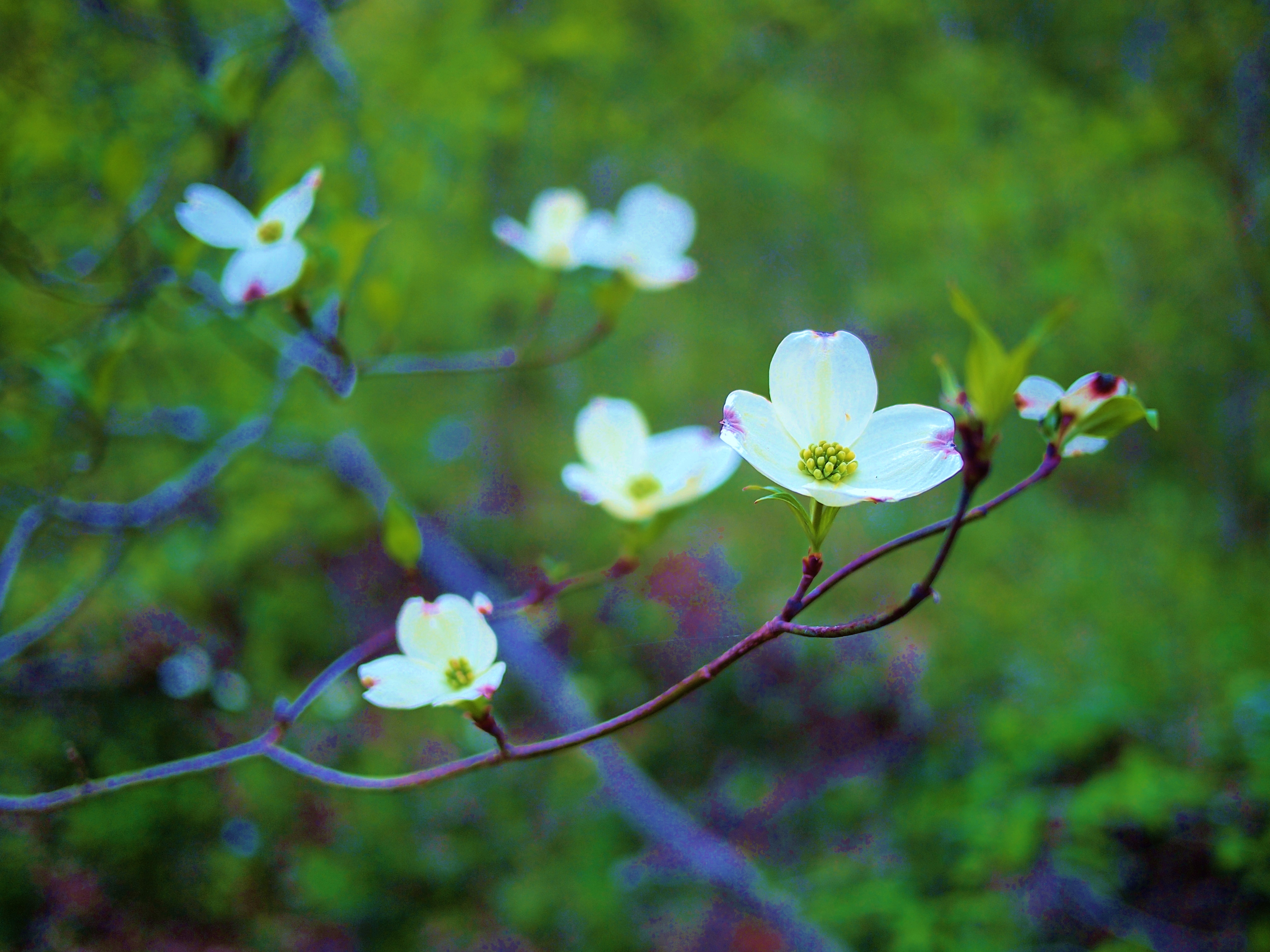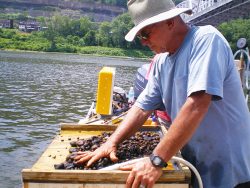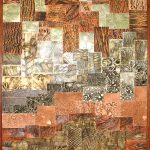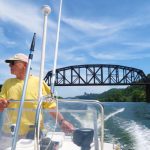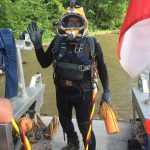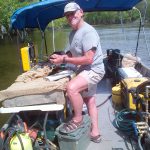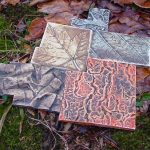STOW, OH (July 6, 2018) – EnviroScience, Inc. recently celebrated the career of one of its top senior scientists, Dr. Marty Huehner, as he welcomed a well-deserved retirement.
As a young child, Dr. Huehner immigrated to the U.S. with his parents from West Germany. He attended school in Northeast Ohio, but most of his high school years were spent in England. He attended Hiram College and earned his doctoral degree at the University of Cincinnati. Much later, Dr. Huehner completed an undergraduate art major and then completed a graduate degree in art at the Australian National University.
Dr. Huehner started his professional journey as an Assistant Professor of Biology at Rockhurst College, where he stayed for a few years before joining Hiram College as a professor. At Hiram College, he quickly took on more responsibility to become Chairperson of the Biology Department and eventually co-directed the Environmental Studies program. On the side, Dr. Huehner started providing consulting services to local businesses such as EnviroScience, where he was a part-time endangered mussel consultant starting in 1996. He then joined the team full-time in 2007 as project manager, working with a team of divers and malacologists.
Dr. Huehner didn’t start his career thinking “I’m going to be a malacologist!”, so we asked him how that unfolded: “I was interested in invertebrates, particularly aquatic ones, since I was a kid.” Dr. Huehner continued, “In college, I intended to go into marine biology but became sidetracked in the Cuyahoga River working with parasites of freshwater mussels. This later became my doctoral thesis. During my first years of teaching in Missouri, I became interested in freshwater mussel ecology and started training in species identification at the Ohio State University Museum. When I moved to Ohio (Hiram), I visited the OSU museum more frequently and began doing mussel surveys for Ohio Department of Natural Resources. I was asked to do a survey for federally listed Clubshell in Pymatuning Creek and that resulted in a publication and my arrival in the endangered mussel species arena.”
The life of a mussel surveyor has its pros and cons. When asked about his least favorite part of the job, Dr. Huehner replied, “It was tough to constantly prep the house for my frequent and often short notice departures during field season and to not have the ability to schedule anything during field season. The schedule for mussel work is entirely controlled by river conditions and rainfall. I also won’t miss filling out time cards every day.”
Even though he was constantly on the road at short notice, the good aspects of the job outweighed the bad. Dr. Huehner admits that he will miss the “Comradery with our teams; visiting all sorts of different localities on small and large streams; and writing proposals (yes, I LIKED that!) and reports. I really also like the whole ES [EnviroScience] approach and family.”
Dr. Huehner is proud to have been a key contributor to some significant mussel conservation projects throughout his career. For example, he worked on the Purple Cat’s Paw project that brought these little mussels back from the brink of extinction. EnviroScience biologists and others propagated many of the 50 Purple Cat’s Paws that were released into the Ohio River in 2017. Another noteworthy project Dr. Huehner was a part of is the Pymatuning Creek Clubshell project, which discovered a previously unknown population of these endangered mussels. After re-surveying the creek ten years later, EnviroScience found no more living Clubshell and obtained clearance to augment the population with 1,000 individuals salvaged from Hunter Station in Pennsylvania.
We asked Dr. Huehner what advice he would give to young malacologists just entering the workforce, to which he replied “It’s a great field that has room for determined and thoughtful people! Learn your mussels! Study with a good scientist in FMCS [Freshwater Mollusk Conservation Society].”
Dr. Huehner is also a trained artist whose work is deeply inspired by his field experience and his research in ecology, animal diversity, endangered species, and geology. While at Hiram College, Dr. Huehner taught classes in ceramics, sculpture, and environmental art. His fascination with nature led him to a body of work that resembles fossils of all kinds. He finds and creates “textural negatives” that are accentuated and transferred to clay as “visual echoes.” The contrasting textures, shapes, and rich earthy colors are a hallmark of Dr. Huehner’s unique aesthetic.
During retirement, Dr. Huehner plans to delve deeper into his artwork and expand his art footprint. His portfolio can be viewed at http://www.martyhuehnerart.com/. He is looking forward to being in an art show planned for next year. He’s also planning to continue to support EnviroScience, but at his convenience, not the other way around.
EnviroScience is extremely grateful for Dr. Huehner’s dedication to the conservation of freshwater mussels and the remarkable knowledge and skills he has brought to our team for nearly 22 years.
- “Forest Strata: 271 Views” by Marty Huehner. 203cm x 86cm. Bought by EnviroScience, Inc.
- Detail of one of Dr. Marty Huehner’s clay sculptures.
